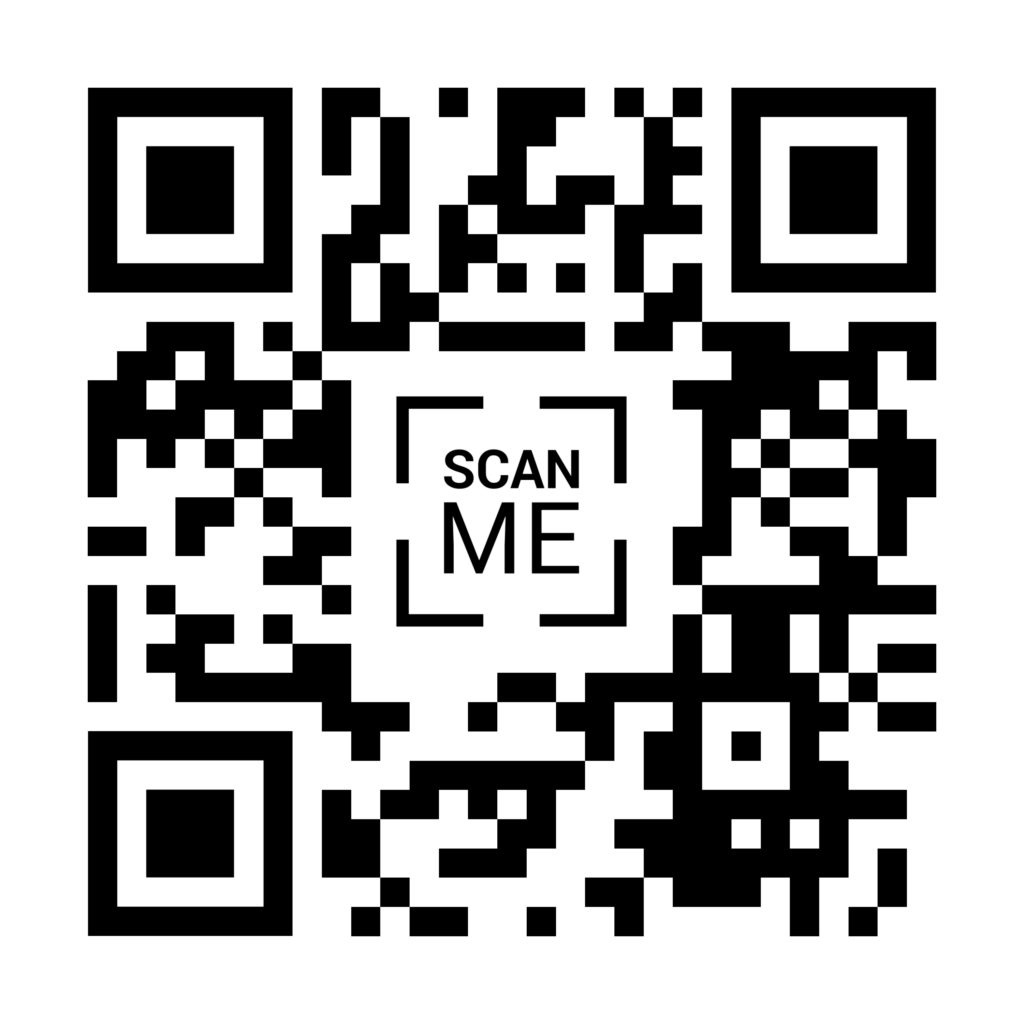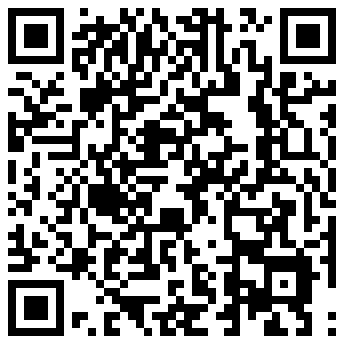QR codes are a convenient way to quickly access information or links by scanning them with your smartphone’s camera. Whether you want to access a website, save contact details, or unlock exclusive content, scanning QR codes is a simple process that can streamline your digital experience.
1. Using a Dedicated QR Code Scanner App/Web

One of the easiest ways to scan QR codes with your smartphone is by using a dedicated QR code scanner app. These apps are designed specifically for scanning and decoding QR codes, providing a seamless and efficient experience. Here’s how you can use a QR code scanner app:
Step 1: Download a QR Code Scanner App
Head to your device’s app store (Google Play Store for Android or App Store for iOS) and search for a reputable QR code scanner app. Some popular options include QR Code Reader, QR Code Scanner, and QR Droid Code Scanner. Read the app descriptions and reviews to find one that suits your needs.
Step 2: Open the QR Code Scanner App
Once you’ve downloaded and installed the app, open it on your smartphone. Most QR code scanner apps will automatically launch the camera and start scanning for QR codes.
Step 3: Point Your Camera at the QR Code
Position your smartphone’s camera so that the QR code appears within the app’s viewfinder or scanning area. Make sure the QR code is well-lit and in focus for optimal scanning.
Step 4: Scan and Access the Content
When the app successfully recognizes the QR code, it will automatically decode the information and provide you with the appropriate action. This could be opening a website, displaying contact details, or revealing exclusive content, depending on the QR code’s purpose.
Many QR code scanner apps also offer additional features, such as scanning history, the ability to create your own QR codes, and customization options. Explore the app’s settings to take advantage of these advanced features and enhance your QR code scanning experience.
Or you can try https://qrscanonline.com, a website provide free tool to scan your qr code without camera. easy to use & no registratiAlternatively, you can visit https://qrscanonline.com, a website that offers a free tool for scanning QR codes without a camera. It’s user-friendly and requires no registrationon required.
2. Scanning QR Codes with Your Device’s Built-in Camera
Many modern smartphones come equipped with built-in QR code scanning capabilities, eliminating the need for a dedicated app. Both iOS and Android devices offer this convenient feature, allowing you to scan QR codes directly through the camera app.

For iOS Devices (iPhone and iPad):
Starting with iOS 11, Apple introduced a native QR code scanning feature within the Camera app. Here’s how to use it:
- Open the Camera app on your iOS device.
- Point the camera at the QR code you want to scan.
- A notification will appear on the screen, prompting you to tap the notification to access the content or link associated with the QR code.
- Tap the notification, and your device will automatically perform the appropriate action, such as opening a website or displaying contact information.
For Android Devices:
While the process may vary slightly depending on the device manufacturer and Android version, most modern Android smartphones have built-in QR code scanning capabilities within the Camera app or Google Lens. Here’s a general guide:
- Open the Camera app on your Android device.
- Point the camera at the QR code you want to scan.
- If your device supports QR code scanning, a notification or overlay will appear, prompting you to tap or select the QR code.
- Tap or select the QR code, and your device will automatically perform the appropriate action, such as opening a website or displaying contact information.
If your Android device doesn’t have built-in QR code scanning capabilities, you can use Google Lens, which is available on most modern Android devices. Simply open the Google Lens app or access it through the Camera app, point it at the QR code, and follow the on-screen instructions to scan and access the content.
Using your device’s built-in camera for QR code scanning is a convenient and straightforward option, as it eliminates the need to download and install a separate app. However, if you encounter any issues or prefer additional features, you can always opt for a dedicated QR code scanner app.
3. Tips for Successful QR Code Scanning
While scanning QR codes with your smartphone’s camera is generally a straightforward process, there are a few tips and best practices to ensure a smooth and successful scanning experience:

Proper Lighting
Adequate lighting is crucial for accurate QR code scanning. QR codes rely on high contrast between the black and white patterns, and poor lighting conditions can make it difficult for the camera to detect and decode the code correctly. Whenever possible, scan QR codes in well-lit environments or use your smartphone’s flash to improve visibility.
Steady Hands
To ensure a clear and focused image, hold your smartphone steady while scanning the QR code. Shaky or blurry images can prevent the camera from accurately recognizing the code’s patterns. Rest your smartphone on a stable surface or use both hands to keep it steady if needed.
Optimal Distance and Angle
Position your smartphone’s camera at an appropriate distance and angle from the QR code. Being too close or too far away can result in a distorted or incomplete image, making it harder for the camera to scan the code successfully. Aim for a distance of around 6 to 12 inches (15 to 30 cm) and hold the camera parallel to the QR code for best results.
Clear and Undamaged QR Codes
Ensure that the QR code you’re trying to scan is clear, undamaged, and free from obstructions. Smudged, scratched, or partially covered QR codes can be difficult or impossible to scan accurately. If the QR code appears damaged or obscured, try finding a cleaner or more visible version.
Update Your Apps and Software
Regularly update your QR code scanning apps and your smartphone’s operating system to benefit from the latest improvements and bug fixes. Developers often release updates to enhance scanning performance, add new features, and address any compatibility issues.
Try Different Apps or Devices
If you’re having trouble scanning a particular QR code with your current app or device, consider trying a different QR code scanner app or using another smartphone. Sometimes, certain apps or devices may perform better with specific QR code types or in certain lighting conditions.
By following these tips and best practices, you can maximize your chances of successfully scanning QR codes with your smartphone’s camera and enjoy a seamless and efficient experience.
4. Exploring Advanced QR Code Capabilities

While scanning QR codes to access websites or contact information is a common use case, these versatile codes offer a range of advanced capabilities that can enhance your digital experience. Here are some exciting ways to leverage the power of QR codes:
Contactless Payments
QR codes have revolutionized the way we make payments, enabling contactless transactions that are both convenient and secure. Many businesses and service providers now accept QR code payments, allowing customers to simply scan a code and complete the transaction using their mobile wallet or payment app. This contactless payment method is not only efficient but also helps minimize physical contact, making it a popular choice in the post-pandemic era.
Access Control and Authentication
QR codes can serve as secure access keys for various applications and services. For example, some buildings or events use QR code-based entry systems, where visitors can scan a code to gain authorized access. Similarly, QR codes can be used for two-factor authentication, adding an extra layer of security to online accounts or sensitive information.
Product Tracking and Inventory Management
In the realm of logistics and supply chain management, QR codes play a crucial role in tracking products and managing inventory. By assigning unique QR codes to individual items or shipments, businesses can easily monitor their movement, location, and status throughout the supply chain. This streamlines operations, reduces errors, and improves overall efficiency.
Interactive Marketing and Advertising
Marketers and advertisers have embraced QR codes as a powerful tool for engaging with customers and delivering dynamic content. By incorporating QR codes into print advertisements, product packaging, or outdoor displays, businesses can provide consumers with instant access to additional information, exclusive offers, or interactive experiences simply by scanning the code with their smartphones.
Augmented Reality (AR) Integration
QR codes can serve as gateways to immersive augmented reality experiences. By scanning a QR code, users can unlock AR content that overlays digital information or 3D models onto the real world through their smartphone’s camera. This technology has applications in various industries, including gaming, education, and retail, offering an engaging and interactive way to convey information or showcase products.
As technology continues to evolve, the potential applications of QR codes are expanding rapidly. By staying informed about these advanced capabilities and exploring new use cases, you can unlock a world of possibilities and enhance your digital experiences across various aspects of your life.
Please register as a member at here to comment & contribute content.


